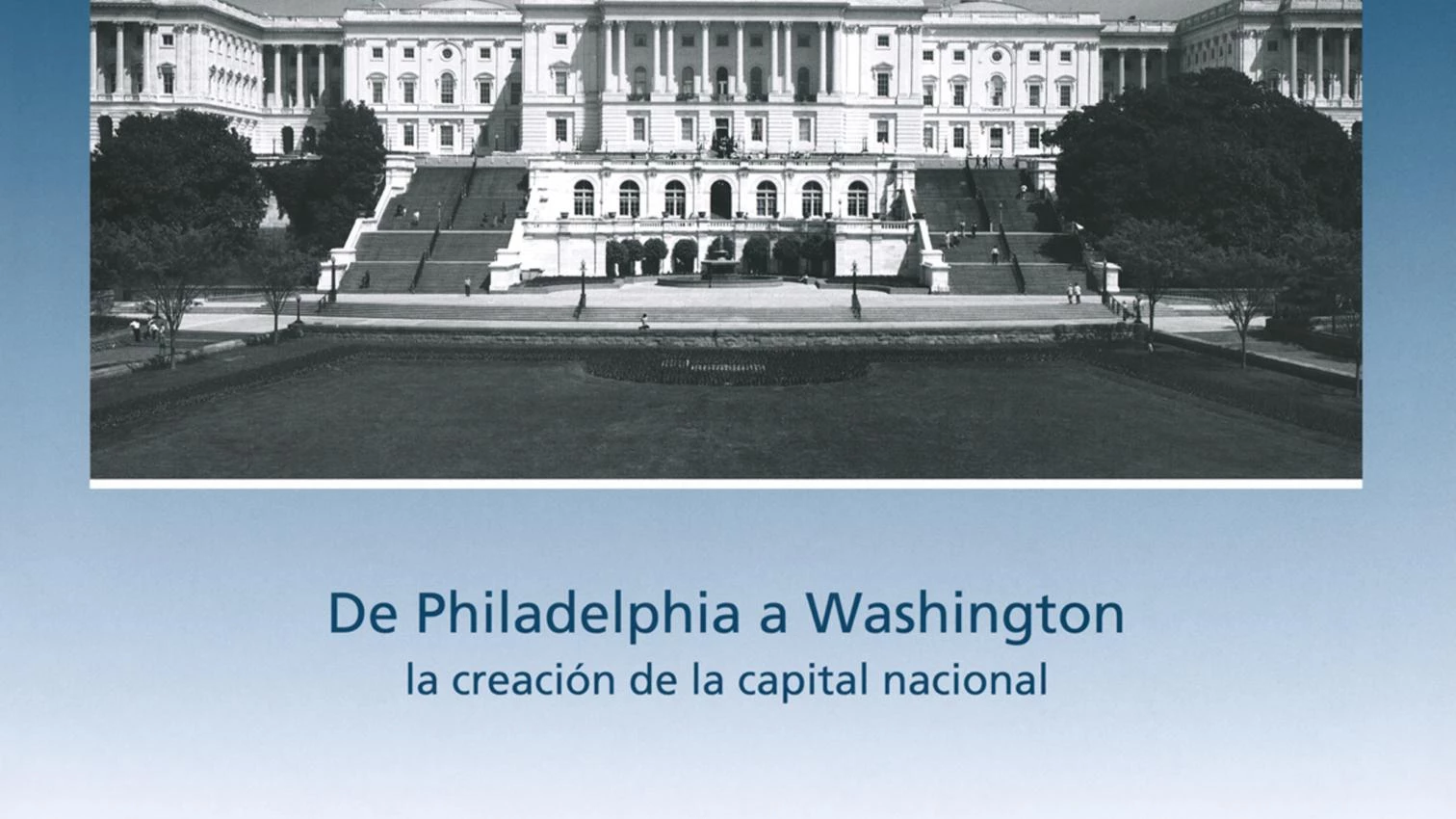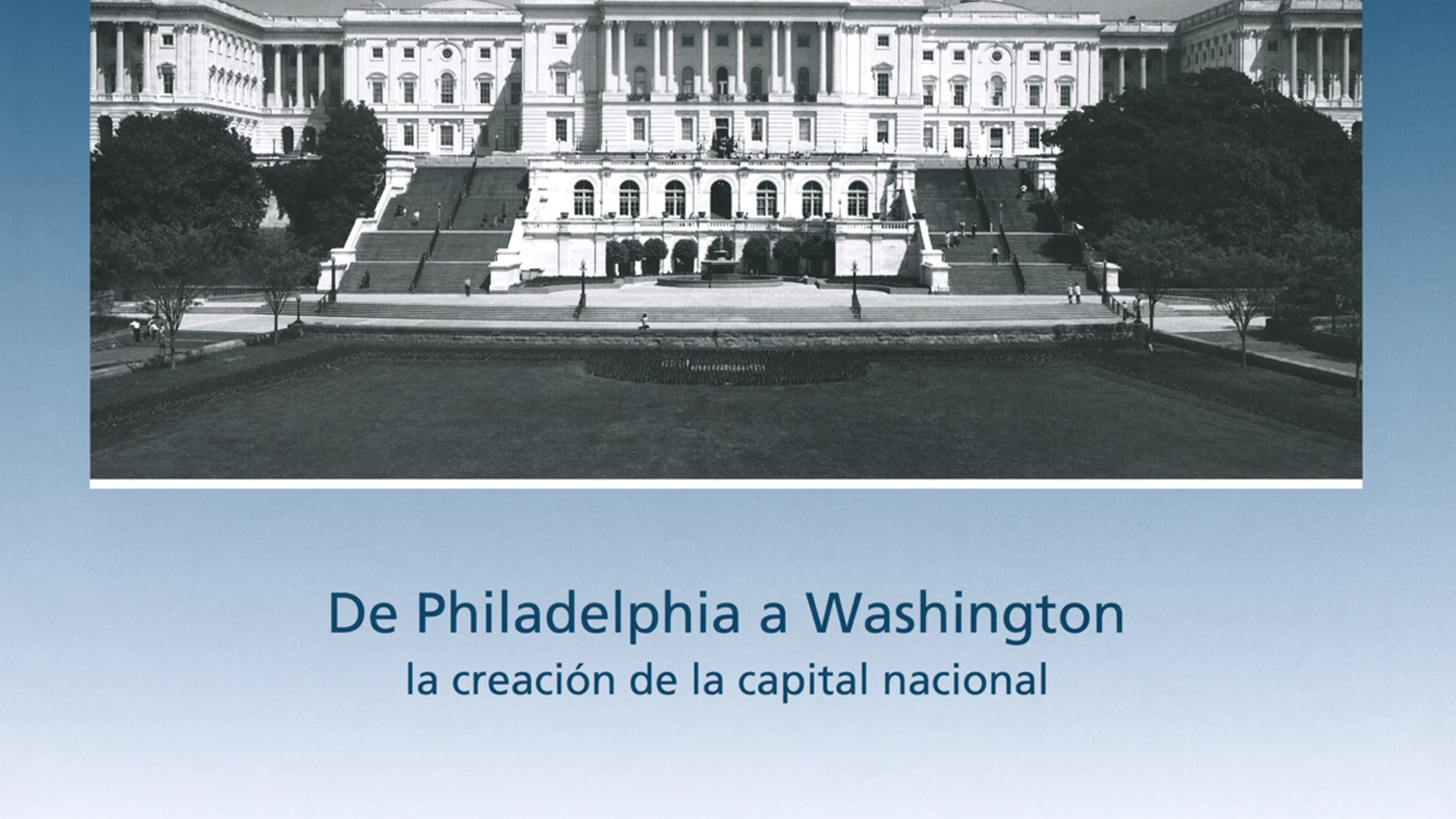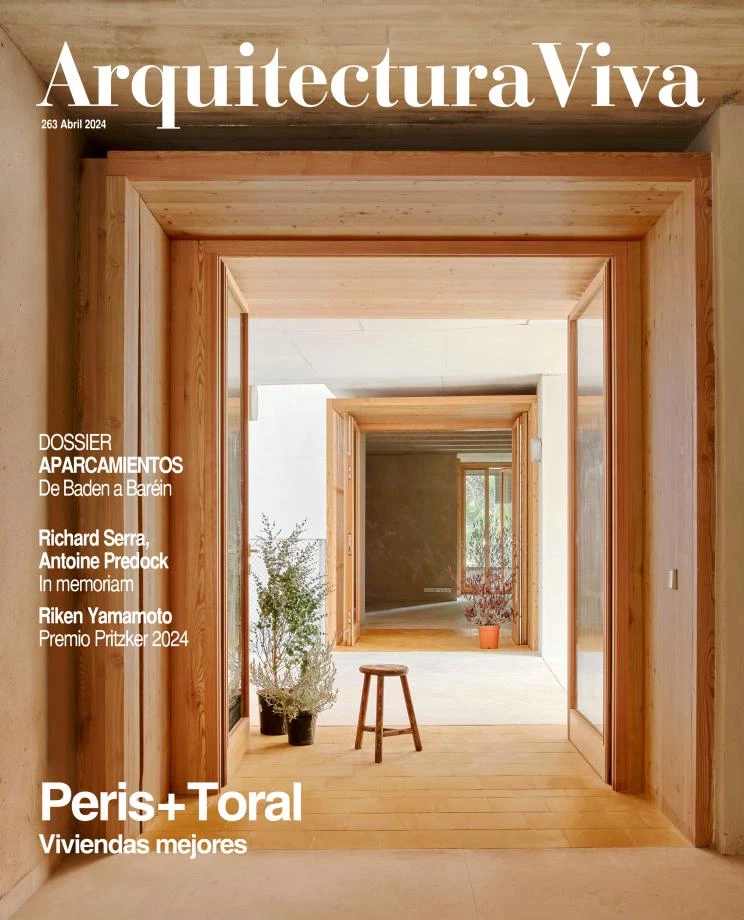
At his induction into the Royal Academy of Fine Arts in January, Miguel Aguiló gave a discourse titled ‘Caring for Earth, Recreating the World,’ in which he tackled heritage, the landscape, and the planet. Three spheres of civil engineering that explain its scope on different scales: a heritage little known of, a landscape of built works, a planet beset by climate extremes.
Civil engineering and its scales are also central to his new book, which looks at how public works (roads, bridges, canals, ports, urban schemes) were essential to the building of the United States and in the creation of the new nation’s capital. It takes us on a territorial, historical, and symbolic ride from Philadelphia to Washington, D.C., two cities designed to embody a newborn nationhood.
The Declaration of Independence and the ratification of the Constitution took place in Philadelphia, then the world’s second largest city, after London. Instrumental to its becoming so important was the water supply system that drank from the Schuylkill River, with the attendant hydraulic infrastructures. Along this river, some pioneers who were carpenter engineers built large bridges with arches stiffened through triangulation, starting a whole generation of American patents that soon began to use iron, as well as the first suspension bridges.
The canals allowed the birth of cities inland, such as the one that connected Chesapeake Bay to the Delaware River estuary, establishing Baltimore as the port serving Philadelphia and Washington. But the railway would soon be the true spine of North American territory, and the Pennsylvania Railroad Company the icon of its time and the impeller of several of the most famous train stations in America.
Later, the automobile superposed a new network of ribbons and knots on the land. The highway that escorts the Potomac River along its left bank was the first to be designed with separate lanes and landscaping criteria for views of the estuary. The US1 between New York and Washington – the country’s ‘main street’ – rests on vernacular roads and the old docks of ferries crossing rivers and estuaries.
In contrast, it was a rare decision to build Washington, D.C. on a 10x10-mile site at the mouth of the Potomac, over no previous urban structure. The masterplan commissioned by George Washington was also unprecedented in its multiple diagonal arrangements giving maximum visibility to two principal landmarks: the Capitol, seat of the people, and the White House, seat of the president.
Luis Fernández-Galiano’s response at the fine arts academy picked up on the ternary structure of Aguilo’s speech to go through the latter’s biography, culminating with the “colossal research and editorial adventure” that has produced the series of which the current volume is the 21st. After ‘Civil Engineering’ and ‘Great Cities,’ each counting ten tomes, a new period begins which Aguiló devotes to ‘metropolitan landscapes,’ updating and revealing the role of civil engineering in the construction and care of the territory.







